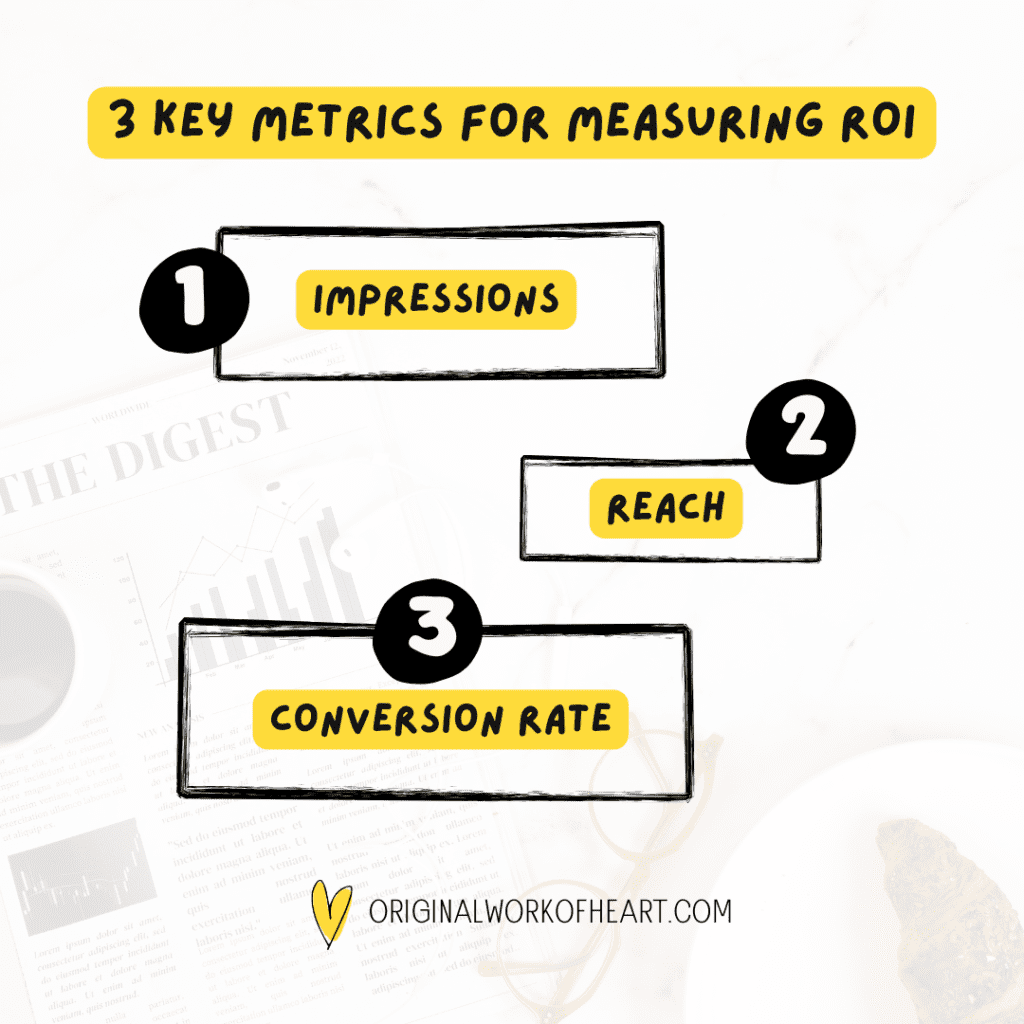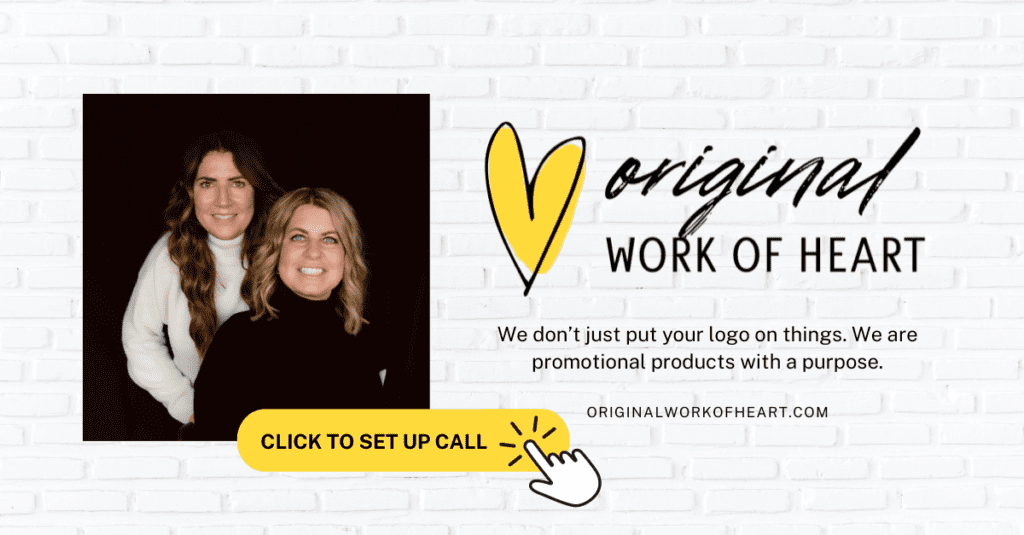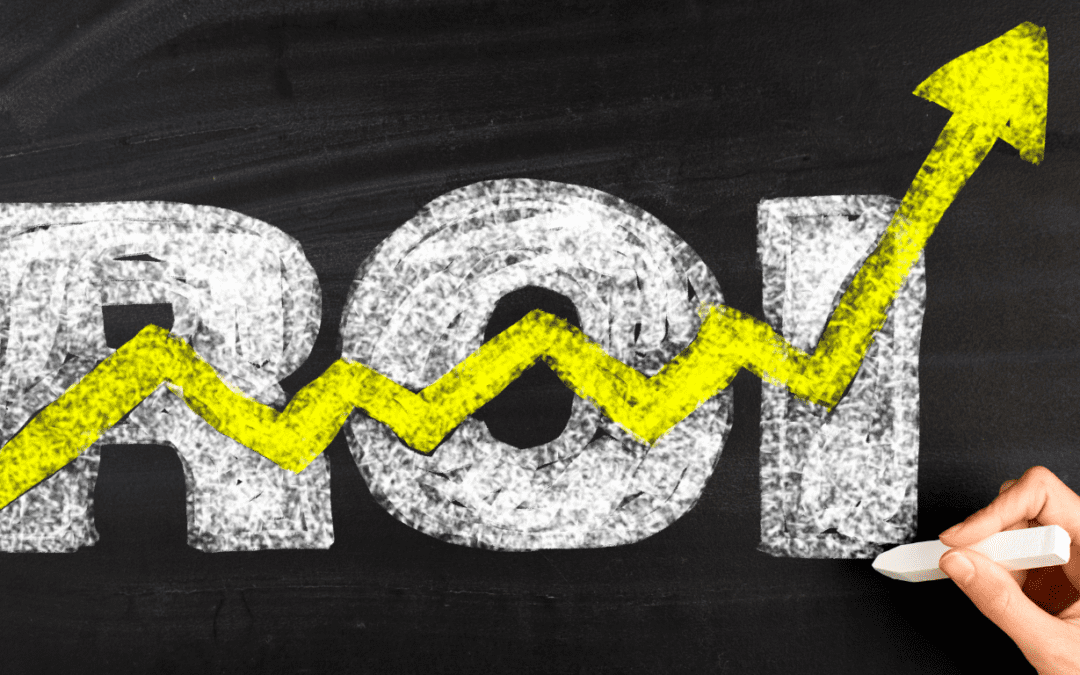Promotional products have long been a staple in marketing strategies, but the question remains: do they truly drive ROI? In today’s competitive landscape, measuring the ROI on promotional products is critical for justifying budgets and understanding results. When you embark on a promotional products campaign, it’s time to pull out your pen and paper and get ready to crunch some numbers to assess the ROI and effectiveness of promotional products.
Table of Contents
The Challenge of Measuring ROI for Tangible Marketing Items
Measuring the return on investment for tangible marketing items, such as promotional products, presents unique challenges that can complicate the evaluation process.
Unlike digital marketing efforts that can be tracked through clicks and online engagement, the impact of physical items is often more elusive.
Factors such as the longevity of the product, the context in which it is used, and the personal sentiment it evokes in recipients all play significant roles in its effectiveness.
Additionally, customer interactions with these items may occur in varied environments, making it difficult to pinpoint direct correlations between promotional products and eventual sales conversions. This inherent complexity necessitates a multifaceted approach to measurement, combining quantitative metrics with qualitative insights to fully appreciate the influence these tangible marketing tools have on brand recognition and consumer behavior.
Related: Transforming Employee Satisfaction: The Power of Thoughtful Gifts
Do Promotional Products Drive ROI?
Do promotional products drive ROI? It’s a question that many marketers tend to overlook. However, it’s worth considering the impact these items can have on brand visibility and engagement.
Picture this scenario: a customer receives a branded item, perhaps a stylish mug or a practical tote bag. They start using it in public, and soon enough, others take notice. Conversations spark around the item, and suddenly, your brand is in the spotlight. This chain reaction elevates your brand’s presence in a way that is often hard to quantify.
While it may not be possible to track every single return on investment from promotional products, there are three key performance indicators (KPIs) that you can focus on to measure their effectiveness. By analyzing these metrics, you can gain valuable insights into how promotional items contribute to your overall marketing strategy and ROI.
Research conducted by the Advertising Specialty Institute reveals that promotional items rank among the most powerful and cost-efficient advertising tools for businesses. Remarkably, 90% of individuals remember the name of a company that has provided them with a promotional gift. (source)
3 Key Metrics for Measuring ROI
To accurately assess the ROI for promotional products, consider the following categories:
1 – Impressions:
This refers to the number of times the product is seen. The more often your promotional item is in the public eye, the greater the impact on brand visibility. The more impressions your brand gets, the more opportunities for sales. The PPAI (Promotional Products Association International) says promotional products achieve more lasting impressions than other types of advertising.
To calculate this, divide the total cost of the promotional product by the total impressions it achieved. This figure helps determine the efficiency of your spending.
- No. of Items x Cost Per Item = Total Spend (Marketing Cost)
- Impressions Per Product x No. of Items = Total Impressions
- Total Spend / Total Impressions = Cost Per Impression
2 – Reach:
This metric measures how many people actually saw the product. A wide reach amplifies your marketing efforts and provides opportunities for engagement.
3 – Conversion Rate:
Finally, assess how many people took action after encountering your promotional product. This could include visiting your website, signing up for a newsletter, or making a purchase.
While numbers may seem daunting, they hold the key to unlocking insights about your campaigns. They reveal which products are resonating with your audience and where improvements can be made.
The reality is, promotional products work.
But focus on the right KPIs, and have responsible spend strategy in place before investing.

ROI Example Calculations:
To effectively calculate the return on investment (ROI) for promotional products, follow this step-by-step guide:
- Identifying Costs:
Begin by compiling all relevant costs associated with your promotional products. This includes:
- Production Costs: The expense incurred in manufacturing the promotional items.
- Distribution Costs: Any costs related to shipping and delivering the products to recipients.
- Storage Costs: If applicable, consider the expenses for storing these items before distribution.
- Measuring Returns:
Next, assess the benefits gained from the promotional products:
- Sales Data: Track any increase in sales attributed to the campaign, noting specifically any spikes in revenue immediately following distribution.
- Lead Conversion: Monitor the number of leads generated from the promotional campaign and determine the conversion rate of these leads into paying customers.
- Example Calculations:
To illustrate the ROI calculation, consider the following example:
- Total Promotional Item Costs: $5,000 (includes production, distribution, and storage)
- Total Revenue Generated: $15,000 from sales attributed to the promotional items
- ROI Calculation: (Total Revenue – Total Promo Cost) / Total Promo Cost = Marketing ROI (expressed as a percentage)
So if you attribute a sales growth of $15,000 after giving away $5,000 in merchandise your ROI is ($15,000 – $5,000) / $5,000 = 200%.

This calculation indicates a 200% return on investment, demonstrating the effectiveness of the promotional product campaign. By consistently applying this methodology, brands can derive meaningful insights into the value derived from their promotional efforts.
Best Practices for Maximizing ROI
When selecting promotional products, it’s essential to consider several key factors to ensure their effectiveness in achieving your marketing goals. Here are some tips to help you choose the right promotional items:
- Know Your Audience: Tailor your product selection to the preferences and interests of your target demographic. Understanding what resonates with your audience can lead to higher engagement and brand recall.
- Focus on Utility: Choose items that recipients will find useful in their daily lives. Products such as reusable water bottles, tote bags, or tech gadgets tend to have a longer lifespan and higher chances of being used regularly, reinforcing brand visibility.
- Quality Over Quantity: Opt for high-quality items that reflect positively on your brand image. Inferior products can lead to negative perceptions and diminish the impact of your promotional efforts.
- Align with Your Brand: Ensure the promotional products reflect your brand values and messaging. Coherent branding helps reinforce recognition and loyalty among consumers.
- Consider Seasonal Relevance: Seasonal items can be a great way to generate excitement, but ensure they are relevant to your brand and audience. For instance, specific products might be more appealing during holidays or special events.
- Test and Iterate: After a promotional campaign, gather feedback on the products’ effectiveness and the audience’s response. Use this insight to refine your product choices for future promotions.
By implementing these best practices, brands can optimize their promotional product strategies, resulting in enhanced ROI and stronger customer relationships.

Benefits of Promotional Products
Promotional products offer a multitude of benefits that can significantly enhance a brand’s marketing strategy:
- Increased Brand Recognition: One of the primary advantages of promotional products is their ability to boost brand visibility. When consumers use or wear items emblazoned with a brand’s logo, it creates a tangible representation of that brand in their everyday lives. This constant exposure reinforces brand recognition and keeps the brand top-of-mind, which is crucial in competitive markets.
- Customer Loyalty and Retention: Promotional products can foster a sense of gratitude and appreciation among existing customers. When clients receive a thoughtful branded gift, it strengthens their emotional connection to the brand, increasing their likelihood of repeat purchases. This loyalty can also encourage customers to refer the brand to their peers, further extending its reach.
- Cost-effective Marketing Tool: Compared to traditional advertising methods, promotional products can be a highly cost-effective marketing solution. They often have a lower cost-per-impression than other media, ensuring that brands can maintain a lasting presence without overextending their budgets. Additionally, the longevity of many promotional items means they continue to promote the brand long after their initial distribution.
- Examples of Successful Promotional Product Campaigns: Many brands have effectively leveraged promotional products to achieve their marketing goals. For instance, a popular coffee shop chain gave away reusable mugs, which not only promoted sustainability but also encouraged brand loyalty as customers received discounts on refills. Similarly, an tech company used branded USB drives at industry conferences, providing useful items that kept their name in front of potential clients long after the event. These strategic promotions underscore the impact that well-thought-out promotional products can have in generating positive outcomes for brands.
Recap: Return on Investment (ROI) From Promotional Products
In summary, measuring and optimizing the return on investment (ROI) from promotional products is crucial for businesses seeking to enhance the effectiveness of their campaigns. By understanding the comprehensive costs involved, effectively analysing the resulting data, and applying best practices in product selection, brands can ensure that their promotional strategies yield substantial returns.
Contact us to start the conversation with your promotional products.
What is a good ROI for a product?
A good ROI for promotional products is generally considered to be similar to traditional marketing strategies. The rule of thumb for a good marketing ROI is typically a 5:1 ratio, meaning you make five dollars for every dollar spent12. An exceptional ROI would be around a 10:1 ratio3.
Promotional products can sometimes be more challenging to measure in terms of ROI due to their indirect impact on sales and brand awareness. However, maintaining this standard ratio can help gauge the success of your promotional product campaigns.
What is ROI and why is it important for promotional products?
ROI (Return on Investment) measures the profitability of an investment. For promotional products, ROI helps evaluate how effectively your merchandise contributes to sales and brand awareness compared to its cost.
What metrics should I track to measure the effectiveness of promotional products?
Sales Growth: Track any increase in sales attributed to the distribution of promotional products.
Customer Acquisition: Measure new customers gained during the campaign period.
Brand Impressions: Count the number of potential customer interactions with the branded merchandise.
Customer Retention: Assess whether existing customers are more engaged or make repeat purchases after receiving promotional items.
How do impressions factor into measuring ROI?
Impressions refer to the number of times a promotional product is seen by potential customers. Each impression can lead to increased brand recognition and potential sales. Tracking the estimated impressions helps gauge the broader impact of your promotional products beyond direct sales.
Why should I include promotional products in my marketing mix?
Promotional products are a tangible way to enhance brand visibility, foster customer loyalty, and create memorable experiences. They often lead to higher engagement rates compared to digital-only campaigns.



